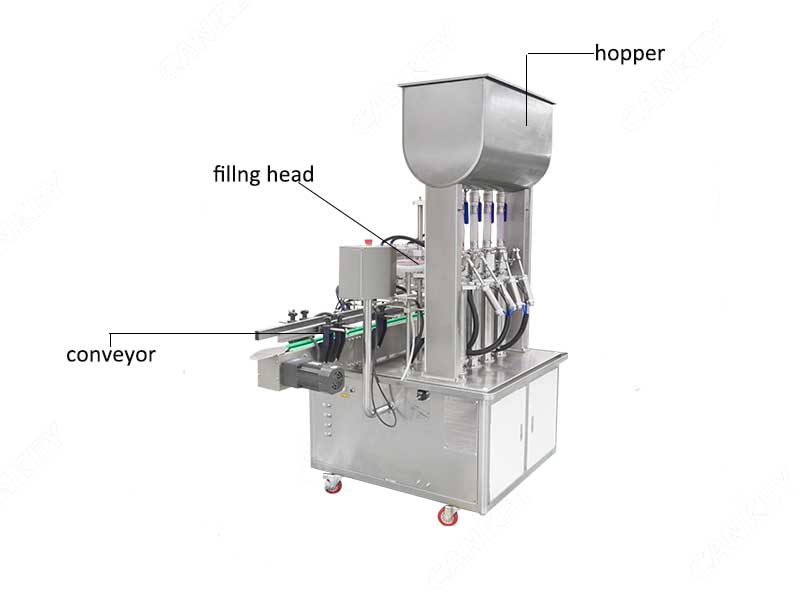Bottle filling machines play a crucial role in various industries, such as beverage production, pharmaceuticals, and cosmetics. These machines ensure efficient and accurate packaging of liquids, but they also require regular cleaning to maintain product quality, prevent contamination, and prolong their lifespan. But how do you clean a bottle filling machine? In this article, we will explore effective cleaning techniques for bottle filling machines, ensuring optimal hygiene and operational excellence.
Understand the machine components:
Before initiating the cleaning process, it is essential to familiarize yourself with the different components of the bottle filling machine. This understanding will enable you to dismantle and clean each part effectively. Typically, a bottle filling machine consists of the following components:
- Hoppers and funnel: These store and feed the liquid or product into the machine.
- Conveyors: These transport bottles to the filling stations.
- Nozzles: These dispense the liquid into the bottles.
- Sealing mechanism: This ensures the bottles are properly sealed after filling.
- Control panel: This manages the machine’s operations.
Follow the manufacturer’s guidelines:
Manufacturers provide detailed instructions and guidelines for cleaning their specific bottle filling machines. It is crucial to consult the machine’s manual to understand the recommended cleaning procedures, including the frequency of cleaning and suitable cleaning agents. Following the manufacturer’s instructions will help maintain the machine’s warranty and prevent any damage during the cleaning process.
Disconnect power and empty pemaining product:
Before cleaning, ensure that the machine is disconnected from the power supply. Empty any remaining liquid or product from the hoppers, funnels, and pipes to avoid cross-contamination during the cleaning process. Use appropriate containers and dispose of the contents according to relevant safety and environmental regulations.
Dismantle and clean individual components:
Start by dismantling the various components of the bottle filling machine. Remove the hoppers, funnels, and nozzles, and disassemble any other detachable parts. Carefully clean each component using a combination of appropriate cleaning agents, warm water, and non-abrasive brushes or scrubbers. Ensure that the cleaning agents used are compatible with the machine’s materials and do not leave any residue that could contaminate future products.
Focus on hard-to-reach areas:
Pay special attention to hard-to-reach areas where residue, debris, or bacteria may accumulate. Clean conveyor belts, gears, and crevices thoroughly to prevent buildup and ensure smooth operation. Use compressed air or specialized cleaning tools to remove any trapped particles effectively.
Rinse and sanitize:
After cleaning the components, rinse them thoroughly with clean water to remove any cleaning agents or debris. Follow up with a sanitization process to eliminate any remaining bacteria or microorganisms. Consult the machine’s manual or the manufacturer’s recommendations for appropriate sanitizing agents and procedures.
Reassemble and test:
Once all components are clean, dry, and sanitized, reassemble the bottle filling machine according to the manufacturer’s instructions. Ensure that all connections are secure and properly tightened. Perform a test run with clean water or a non-toxic liquid to verify that the machine is functioning correctly after cleaning.
Establish regular cleaning schedule:
To maintain optimal hygiene and prevent contamination, establish a regular cleaning schedule for the bottle filling machine. The frequency of cleaning depends on the type of product, production volume, and the manufacturer’s recommendations. Implementing a proactive maintenance and cleaning plan will help minimize downtime, ensure product integrity, and prolong the machine’s lifespan.
Cleaning a bottle filling machine is crucial to maintain product quality, prevent contamination, and ensure operational excellence. By understanding the machine’s components, following the manufacturer’s guidelines, and employing effective cleaning techniques, you can keep your bottle filling machine in top condition.


